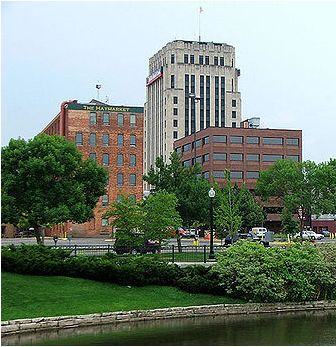
In
2005, Kalamazoo, Michigan, went from a somewhat below-average place to
live to a powerful magnet of a city in just one day. Seven years later,
the New York Times magazine looks at how the hope of higher education
has transformed the town.
Back in November 2005, when
this year’s graduates were in sixth grade, the superintendent of
Kalamazoo’s public schools, Janice M. Brown, shocked the community by
announcing that unnamed donors were pledging to pay the tuition at
Michigan’s public colleges, universities and community colleges for
every student who graduated from the district’s high schools. All of a
sudden, students who had little hope of higher education saw college in
their future. Called the Kalamazoo Promise, the program — blind to
family income levels, to pupils’ grades and even to disciplinary and
criminal records — would be the most inclusive, most generous
scholarship program in America.
It would also mark the start of
an important social experiment. From the very beginning, Brown, the only
person in town who communicates directly with the Promise donors, has
suggested that the program is supposed to do more than just pay college
bills. It’s primarily meant to boost Kalamazoo’s economy. The few
restrictions — among them, children must reside in the Kalamazoo
public-school district and graduate from one of its high schools — seem
designed to encourage families to stay and work in the region for a long
time. The program tests how place-based development might work when
education is the first investment.
Since The Promise
was made, student test scores have gone up, the school district's
enrollment increased by 2,000 students, $35 million has been granted in
tuition money, and Kalamazoo is now a place to which families want to
move. The program has also inspired other towns and school districts to
compete by helping more students pay for college.
More
 In
2005, Kalamazoo, Michigan, went from a somewhat below-average place to
live to a powerful magnet of a city in just one day. Seven years later,
the New York Times magazine looks at how the hope of higher education
has transformed the town.
In
2005, Kalamazoo, Michigan, went from a somewhat below-average place to
live to a powerful magnet of a city in just one day. Seven years later,
the New York Times magazine looks at how the hope of higher education
has transformed the town.
No comments:
Post a Comment